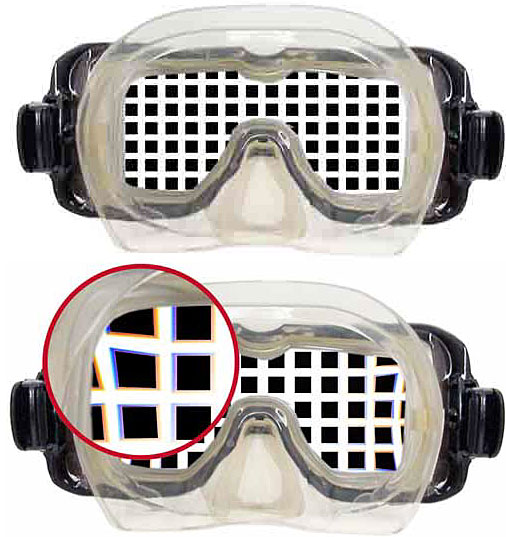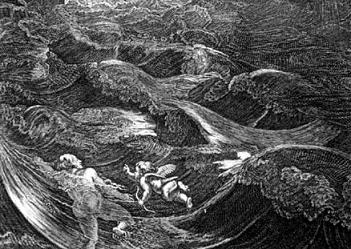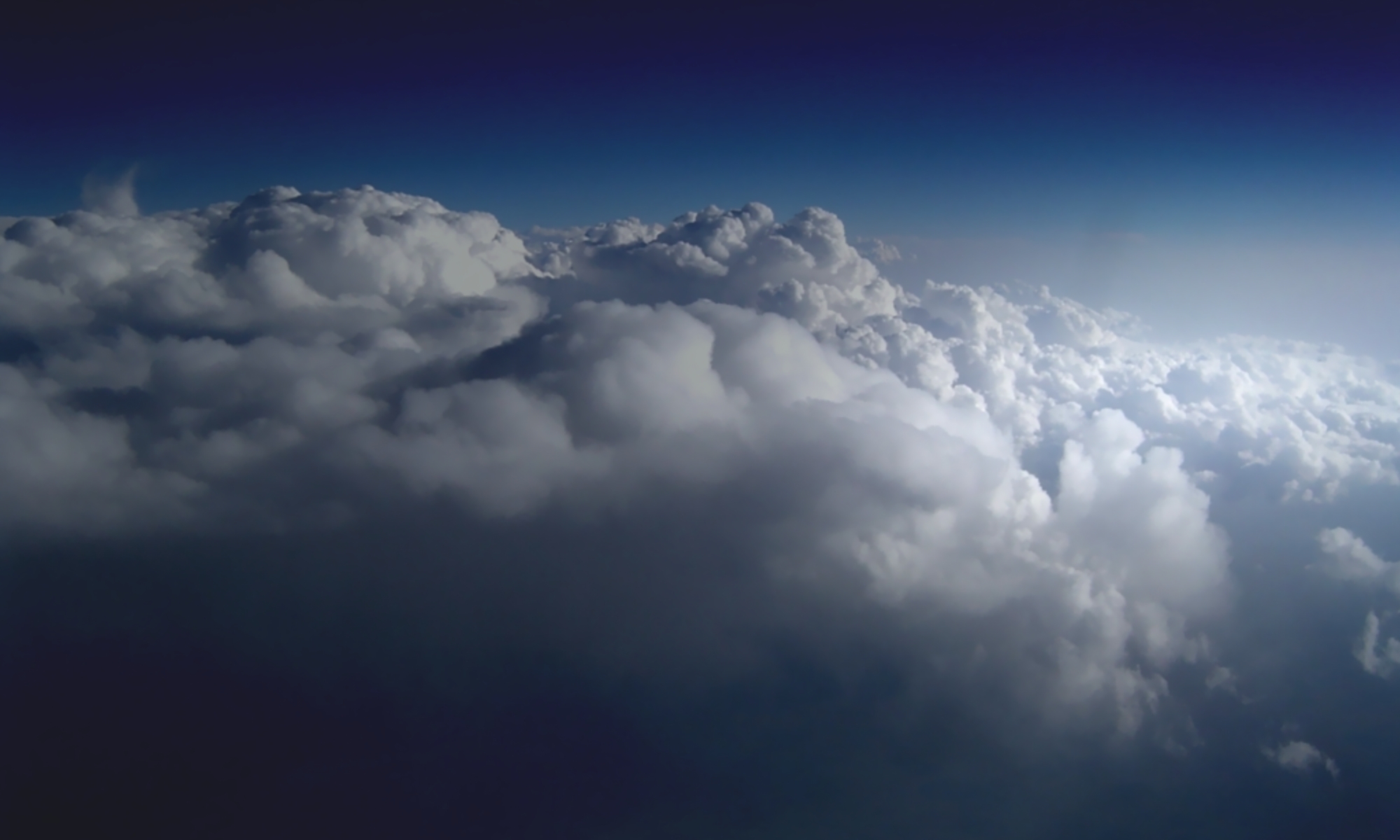|
Goggle
Goggles, or safety glasses, are forms of protective eyewear that usually enclose or protect the area surrounding the eye in order to prevent particulates, water or chemicals from striking the eyes. They are used in chemistry laboratories and in woodworking. They are often used in snow sports as well, and in the sport of swimming. Goggles are often worn when using power tools such as drills or chainsaws to prevent flying particles from damaging the eyes. Many types of goggles are available as prescription goggles for those with vision problems. History The Inuit and Yupik carved snow goggles from the antlers of caribou, wood, and shell to help prevent snow blindness. The goggles were curved to fit the user's face and had a large groove cut in the back to allow for the nose. A long thin slit was cut through the goggles to allow in a small amount of light, diminishing subsequent ultraviolet rays. The goggles were held to the head by a cord made of caribou sinew. In the early ... [...More Info...] [...Related Items...] OR: [Wikipedia] [Google] [Baidu] |
Swedish Goggles
Swedish goggles are a classic and popular type of swimming goggles worn by many competitive swimming, competitive swimmers. The original Swedish goggles were produced by the Swedish company Malmsten AB and were first designed in the 1970s. Swedish goggles influenced many other goggle designs and generic Swedish goggles are widely available. Malmsten claims that Swedish goggles are "probably the worlds most copied swim goggles." Swedish goggles are notable for a lack of a gasket or seal around the eye cup, as found on most other goggles. They come in various colors including clear, black, blue, green, red, amber, pink, silver metallic and bronze metallic. Swedish goggles are relatively low cost, with basic goggles costing around $5 retail and metallic goggle costing around $15. Much of the popularity of Swedish goggles is due to their customizable fit. The goggles are sold unassembled, with each goggle set including a pair of eye cups, one long (around 36") latex rubber stri ... [...More Info...] [...Related Items...] OR: [Wikipedia] [Google] [Baidu] |
Eye Protection
Eye protection is protective gear for the eyes, and sometimes face, designed to reduce the risk of injury. Examples of risks requiring eye protection can include: impact from particles or debris, light or radiation, wind blast, heat, sea spray or impact from some type of ball or puck used in sports. Eye protection are typically separated into categories based on the style of eye wear and the hazard they are designed to reduce. There categories include: Spectacles with side protection; Goggles; Welding helmet; Welding Hand Shields; Non-Rigid Helmets (hoods); Face shield; and Respirator Face pieces. Styles Spectacles Safety glasses or spectacles, although often used as a catch-all term for all types of eye protection, specifically revers to protective equipment that closely resembles common eye wear. To meet most national standards, spectacles must include side shields to reduce the ability of debris to get behind the lenses from the side. Safety glasses can often moun ... [...More Info...] [...Related Items...] OR: [Wikipedia] [Google] [Baidu] |
Photokeratitis
Photokeratitis or ultraviolet keratitis is a painful eye condition caused by exposure of insufficiently protected eyes to the ultraviolet (UV) rays from either natural (e.g. intense direct or reflected sunlight) or artificial (e.g. the electric arc during welding) sources. Photokeratitis is akin to a sunburn of the cornea and conjunctiva. The injury may be prevented by wearing eye protection that blocks most of the ultraviolet radiation, such as welding goggles with the proper filters, a welder's helmet, sunglasses rated for sufficient UV protection, or appropriate snow goggles. The condition is usually managed by removal from the source of ultraviolet radiation, covering the corneas, and administration of pain relief. Photokeratitis is known by a number of different terms, including snow blindness, arc eye, welder's flash, sand eyes, bake eyes, corneal flash burns, flash burns, niphablepsia, or keratoconjunctivitis photoelectrica. Signs and symptoms Common symptoms includ ... [...More Info...] [...Related Items...] OR: [Wikipedia] [Google] [Baidu] |
Diving Mask
A diving mask (also half mask, dive mask or scuba mask) is an item of diving equipment that allows Underwater diving, underwater divers, including scuba diving, scuba divers, free-diving, free-divers, and snorkeling, snorkelers, to see clearly underwater. Surface supplied diving, Surface supplied divers usually use a full face mask or diving helmet, but in some systems the half mask may be used. When the human eye is in direct contact with water as opposed to air, its normal environment, light entering the eye is refracted by a different angle and the eye is unable to Focus (optics), focus the light on the retina. By providing an air space in front of the eyes, the eye is able to focus nearly normally. The shape of the air space in the mask slightly affects the ability to focus. Corrective lenses can be fitted to the inside surface of the viewport or contact lenses may be worn inside the mask to allow normal vision for people with focusing defects. When the diver descends, the am ... [...More Info...] [...Related Items...] OR: [Wikipedia] [Google] [Baidu] |
Swimming (sport)
Swimming is an individual or team Racing, racing sport that requires the use of one's entire body to move through water. The sport takes place in Swimming pool, pools or open water (e.g., in a sea or lake). Competitive swimming is one of the most popular Olympic sports, with varied distance events in Butterfly stroke, butterfly, backstroke, breaststroke, Freestyle swimming, freestyle, and individual medley. In addition to these individual events, four swimmers can take part in either a freestyle or medley Relay race, relay. A medley relay consists of four swimmers who will each swim a different stroke, ordered as backstroke, breaststroke, butterfly and freestyle. Swimming each stroke requires a set of specific techniques; in competition, there are distinct regulations concerning the acceptable form for each individual stroke. There are also regulations on what types of swimsuits, caps, jewelry and injury tape that are allowed at competitions. There are many health benefits to ... [...More Info...] [...Related Items...] OR: [Wikipedia] [Google] [Baidu] |
Swimming
Swimming is the self-propulsion of a person through water, such as saltwater or freshwater environments, usually for recreation, sport, exercise, or survival. Swimmers achieve locomotion by coordinating limb and body movements to achieve hydrodynamic thrust that results in directional motion. Newborns can instinctively hold their breath underwater and exhibit rudimentary swimming movements as part of a survival reflex. Swimming requires endurance, skill and efficient techniques to maximize speed and minimize energy consumption. Swimming is a popular activity and competitive sport where certain techniques are deployed to move through water. It offers numerous health benefits, such as strengthened circulatory system, cardiovascular health, muscle strength, and increased flexibility. It is suitable for people of all ages and fitness levels. Swimming is consistently among the top public recreational activities, and in some countries, swimming lessons are a compulsory part of the edu ... [...More Info...] [...Related Items...] OR: [Wikipedia] [Google] [Baidu] |
Matthew Webb
Captain Matthew Webb (19 January 1848 – 24 July 1883) was an English seaman, swimmer and stuntman who became the first person to swim the English Channel without the use of artificial aids. Webb increased the popularity of swimming in England. Born in Dawley, Shropshire, Webb developed his swimming skills as a child while playing in the River Severn. At twelve, he began his career in the Merchant Navy after training at HMS ''Conway''. After graduating, he began a three-year apprenticeship with the Rathbone Brothers of Liverpool, during which he sailed internationally across various trade routes to countries including China, India, Hong Kong, Singapore and Yemen. After completing his second mate training in 1865, Webb worked for ten years aboard different ships and for multiple companies. He was recognised for two acts of bravery: in the Suez Canal, he freed the ship's propeller from an entangling rope by diving underwater and cutting it, and in the Atlantic Ocean, he j ... [...More Info...] [...Related Items...] OR: [Wikipedia] [Google] [Baidu] |
Chlorine
Chlorine is a chemical element; it has Symbol (chemistry), symbol Cl and atomic number 17. The second-lightest of the halogens, it appears between fluorine and bromine in the periodic table and its properties are mostly intermediate between them. Chlorine is a yellow-green gas at room temperature. It is an extremely reactive element and a strong oxidizing agent, oxidising agent: among the elements, it has the highest electron affinity and the third-highest electronegativity on the revised Electronegativity#Pauling electronegativity, Pauling scale, behind only oxygen and fluorine. Chlorine played an important role in the experiments conducted by medieval Alchemy, alchemists, which commonly involved the heating of chloride Salt (chemistry), salts like ammonium chloride (sal ammoniac) and sodium chloride (common salt), producing various chemical substances containing chlorine such as hydrogen chloride, mercury(II) chloride (corrosive sublimate), and . However, the nature of fre ... [...More Info...] [...Related Items...] OR: [Wikipedia] [Google] [Baidu] |
Ocean
The ocean is the body of salt water that covers approximately 70.8% of Earth. The ocean is conventionally divided into large bodies of water, which are also referred to as ''oceans'' (the Pacific, Atlantic, Indian Ocean, Indian, Southern Ocean, Antarctic/Southern, and Arctic Ocean),"Ocean." ''Merriam-Webster.com Dictionary'', Merriam-Webster, https://www.merriam-webster.com/dictionary/ocean . Accessed March 14, 2021. and are themselves mostly divided into seas, gulfs and Lists of bodies of water#Seawater bodies, subsequent bodies of water. The ocean contains 97% of Water distribution on Earth, Earth's water and is the primary component of Earth's hydrosphere, acting as a huge Ocean heat content, reservoir of heat for Earth's energy budget, as well as for its carbon cycle and water cycl ... [...More Info...] [...Related Items...] OR: [Wikipedia] [Google] [Baidu] |
Seawater
Seawater, or sea water, is water from a sea or ocean. On average, seawater in the world's oceans has a salinity of about 3.5% (35 g/L, 35 ppt, 600 mM). This means that every kilogram (roughly one liter by volume) of seawater has approximately of dissolved salts (predominantly sodium () and chloride () ions). The average density at the surface is 1.025 kg/L. Seawater is denser than both fresh water and pure water (density 1.0 kg/L at ) because the dissolved salts increase the mass by a larger proportion than the volume. The freezing point of seawater decreases as salt concentration increases. At typical salinity, it freezes at about . The coldest seawater still in the liquid state ever recorded was found in 2010, in a stream under an Antarctic glacier: the measured temperature was . Seawater pH is typically limited to a range between 7.5 and 8.4. However, there is no universally accepted reference pH-scale for seawater and the difference between measuremen ... [...More Info...] [...Related Items...] OR: [Wikipedia] [Google] [Baidu] |
Charles M
Charles is a masculine given name predominantly found in English and French speaking countries. It is from the French form ''Charles'' of the Proto-Germanic name (in runic alphabet) or ''*karilaz'' (in Latin alphabet), whose meaning was "free man". The Old English descendant of this word was '' Ċearl'' or ''Ċeorl'', as the name of King Cearl of Mercia, that disappeared after the Norman conquest of England. The name was notably borne by Charlemagne (Charles the Great), and was at the time Latinized as ''Karolus'' (as in ''Vita Karoli Magni''), later also as '' Carolus''. Etymology The name's etymology is a Common Germanic noun ''*karilaz'' meaning "free man", which survives in English as churl (James (wikt:Appendix:Proto-Indo-European/ǵerh₂-">ĝer-, where the ĝ is a palatal consonant, meaning "to rub; to be old; grain." An old man has been worn away and is now grey with age. In some Slavic languages, the name ''Drago (given name), Drago'' (and variants: ''Drago ... [...More Info...] [...Related Items...] OR: [Wikipedia] [Google] [Baidu] |
Water Vapor
Water vapor, water vapour, or aqueous vapor is the gaseous phase of Properties of water, water. It is one Phase (matter), state of water within the hydrosphere. Water vapor can be produced from the evaporation or boiling of liquid water or from the Sublimation (phase transition), sublimation of ice. Water vapor is transparent, like most constituents of the atmosphere. Under typical atmospheric conditions, water vapor is continuously generated by evaporation and removed by condensation. It is less dense than most of the other constituents of air and triggers convection currents that can lead to clouds and fog. Being a component of Earth's hydrosphere and hydrologic cycle, it is particularly abundant in Earth's atmosphere, where it acts as a greenhouse gas and warming feedback, contributing more to total greenhouse effect than non-condensable gases such as carbon dioxide and methane. Use of water vapor, as steam, has been important for cooking, and as a major component in energy prod ... [...More Info...] [...Related Items...] OR: [Wikipedia] [Google] [Baidu] |








